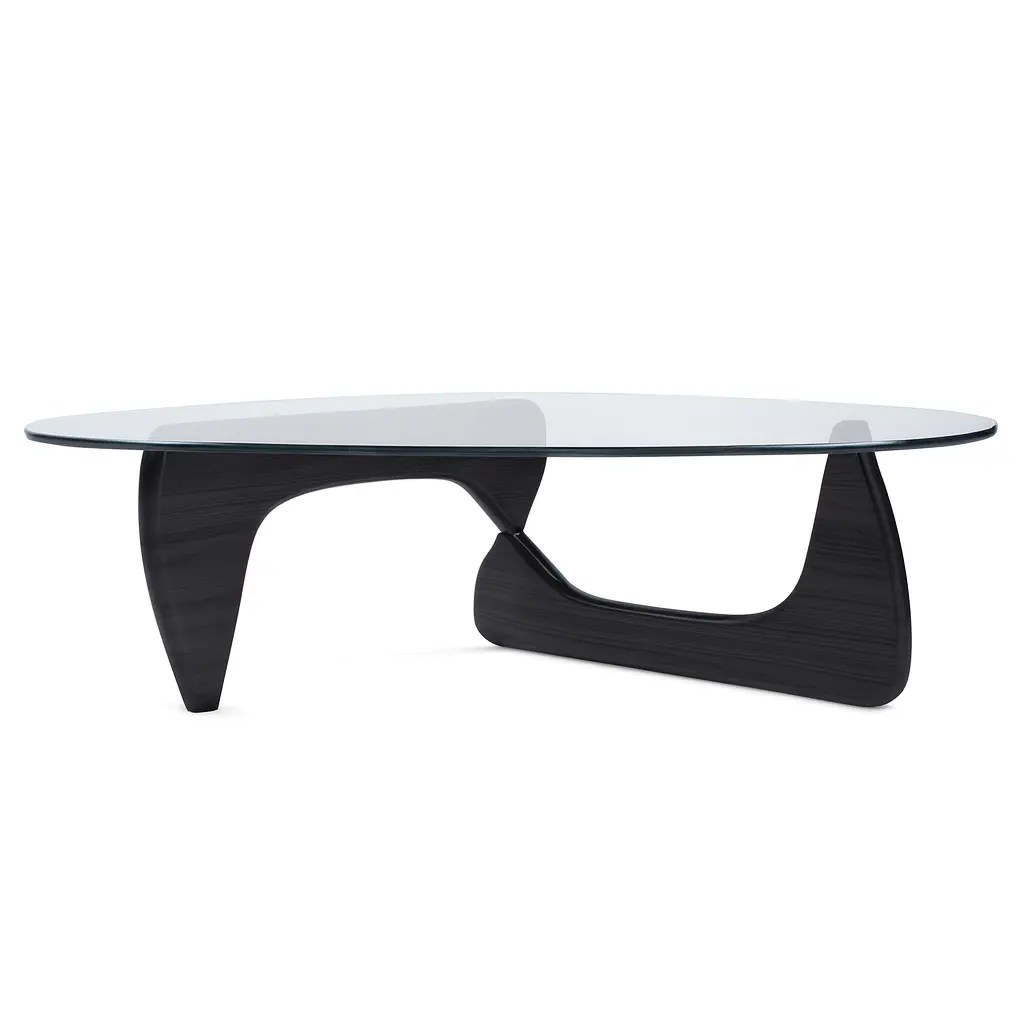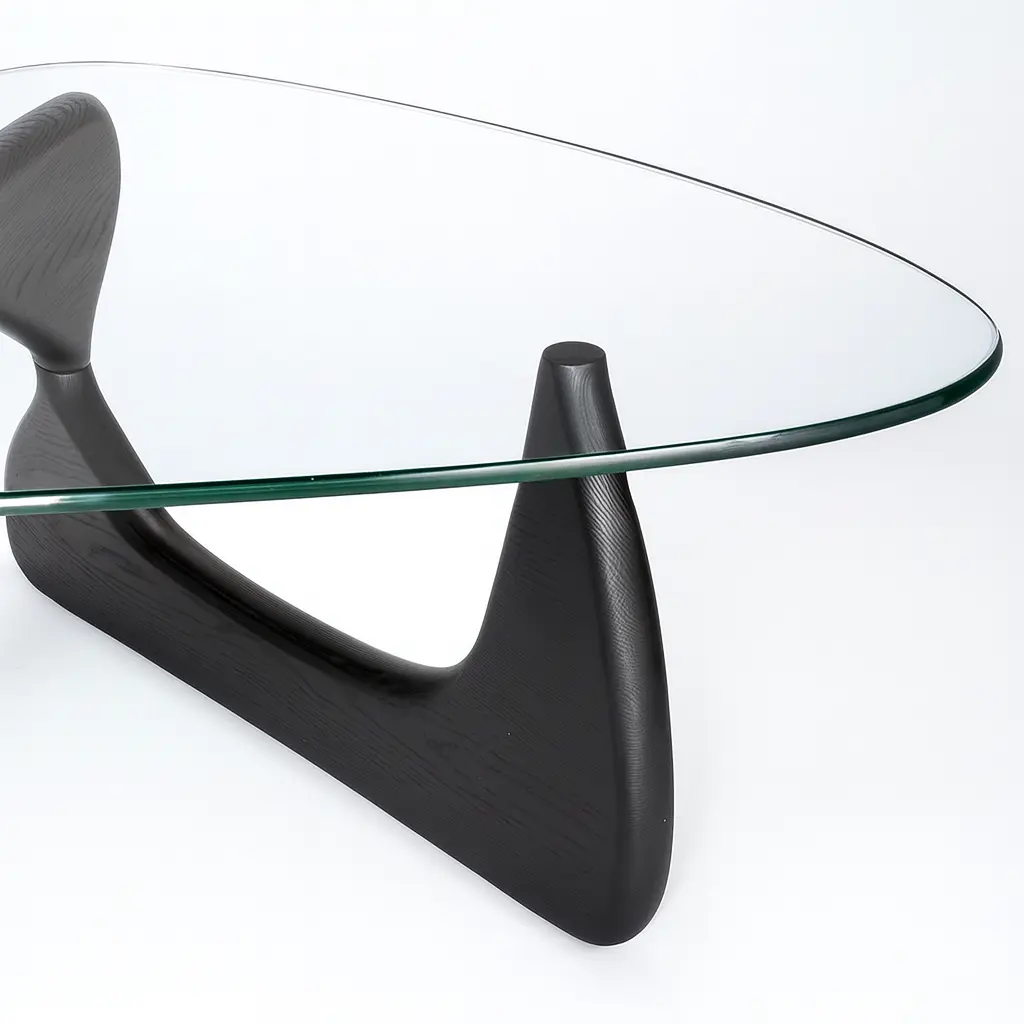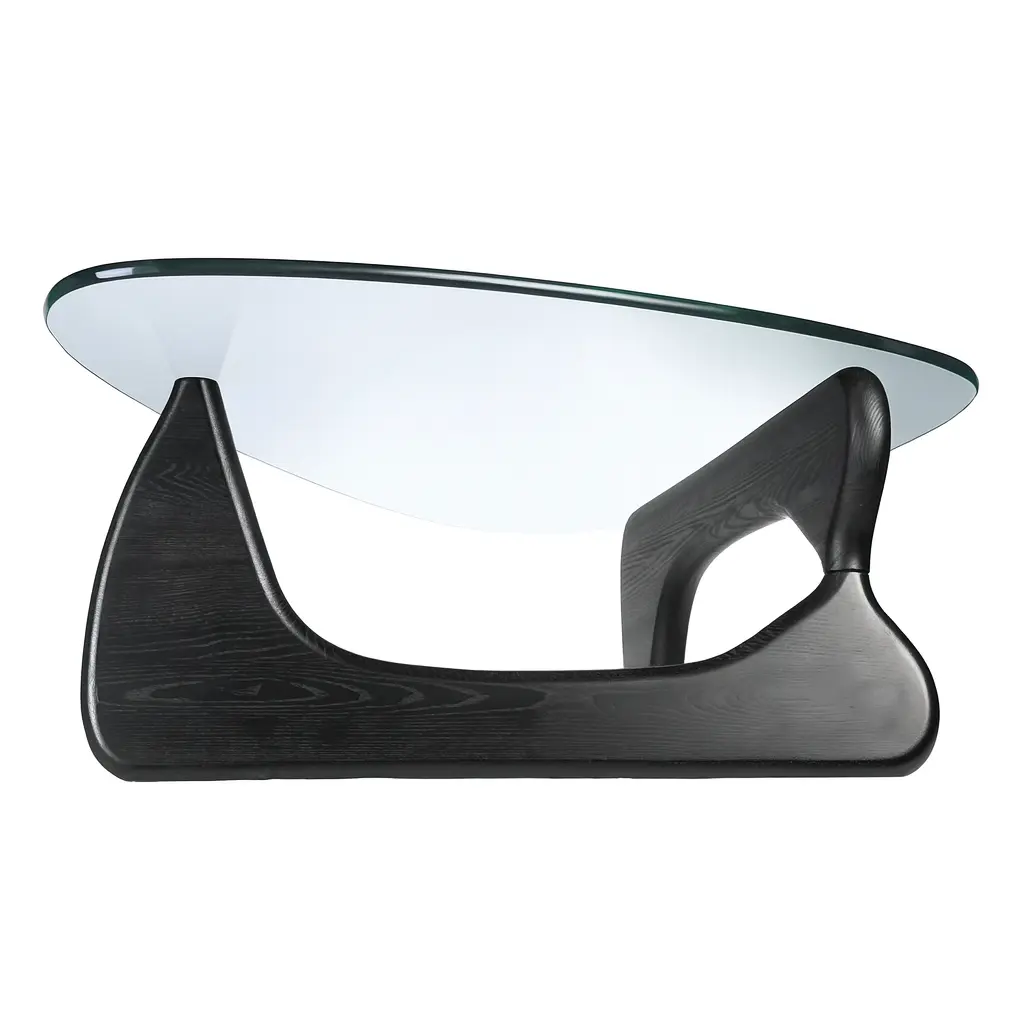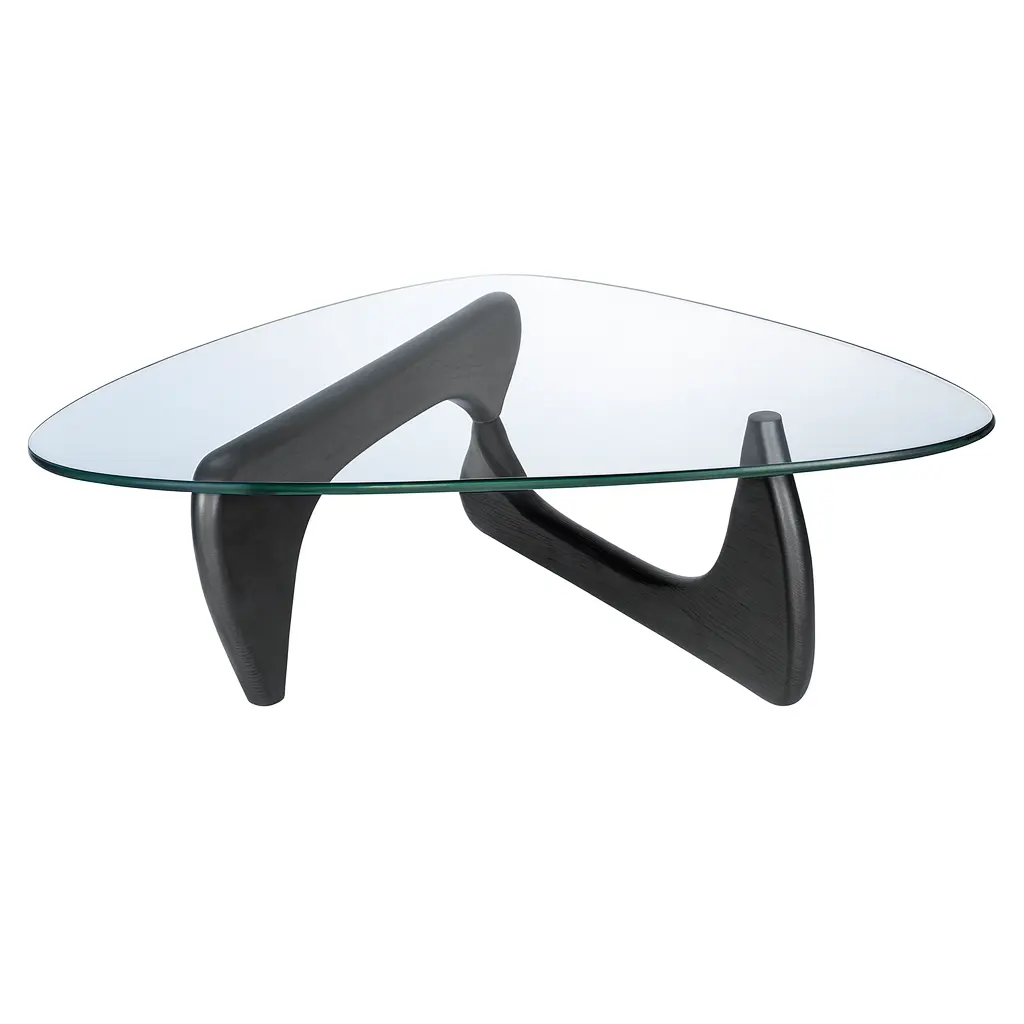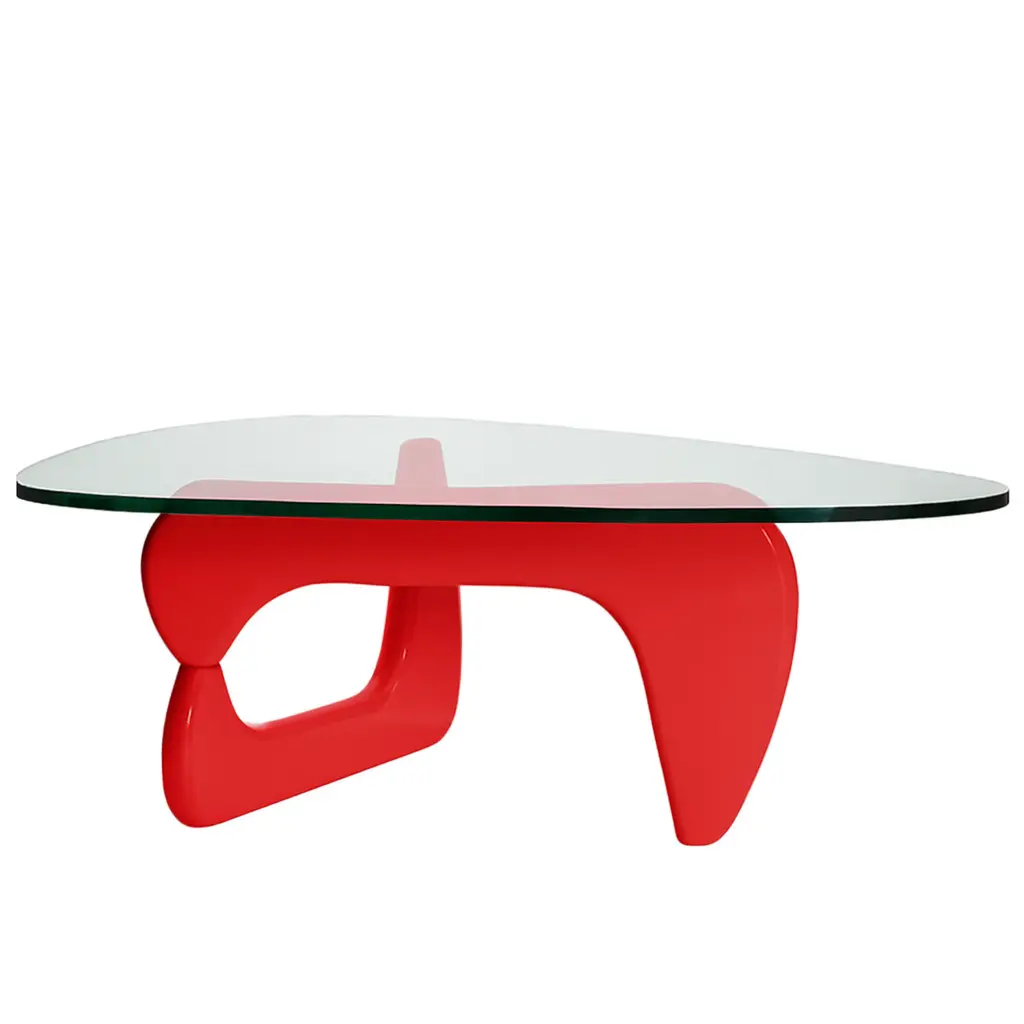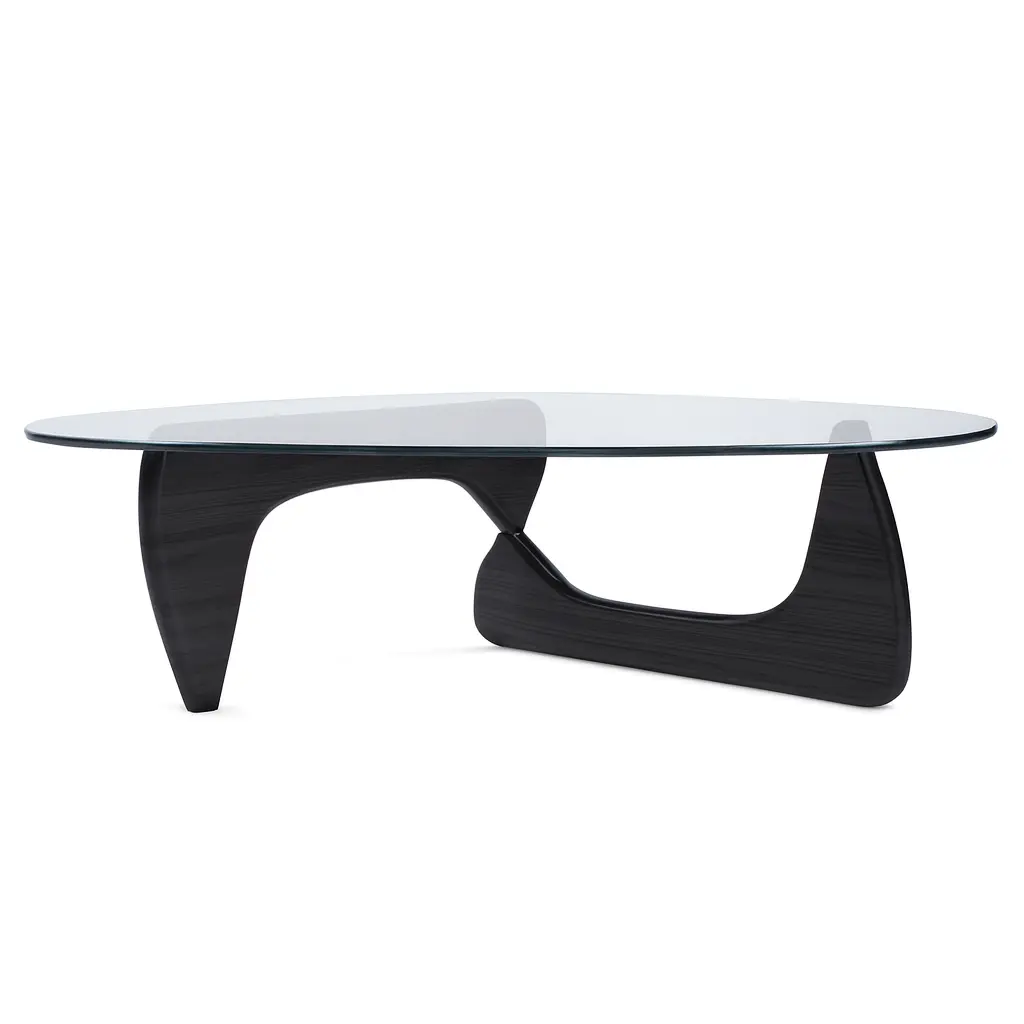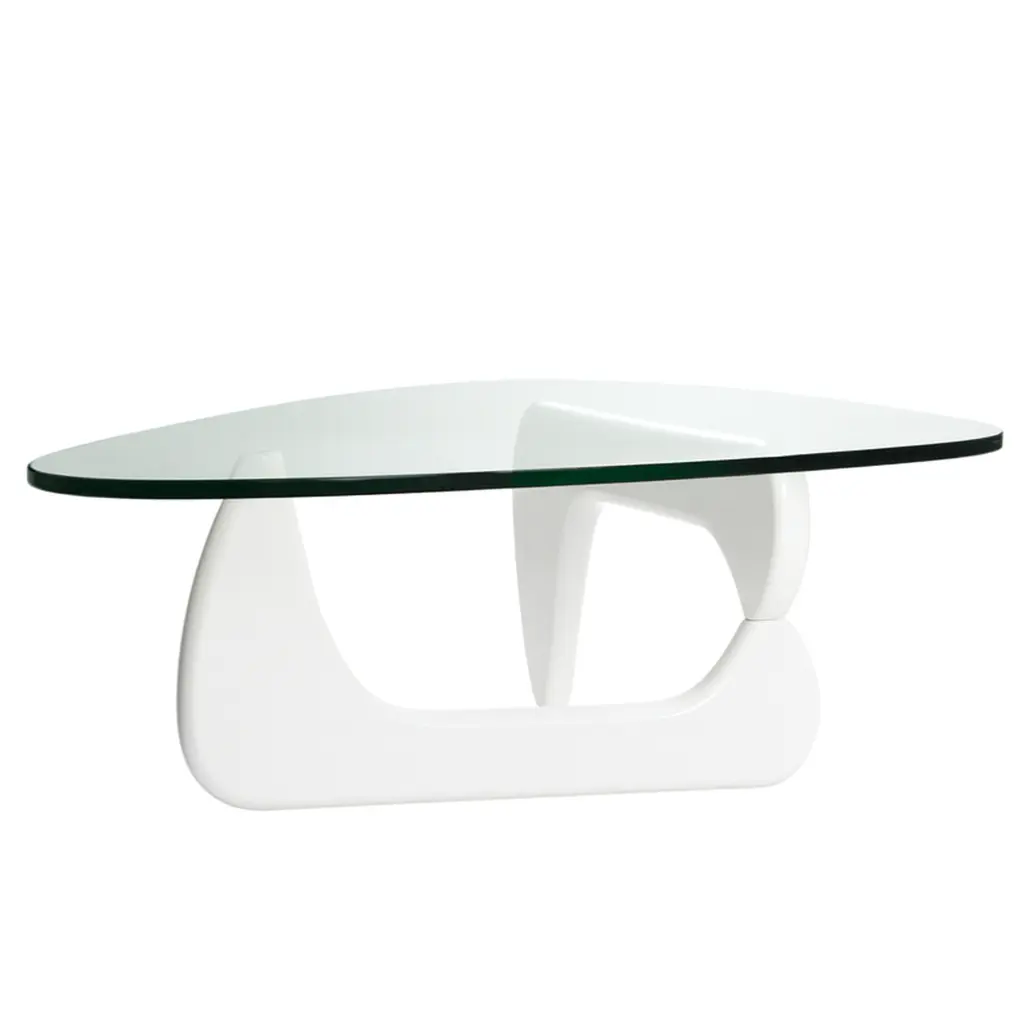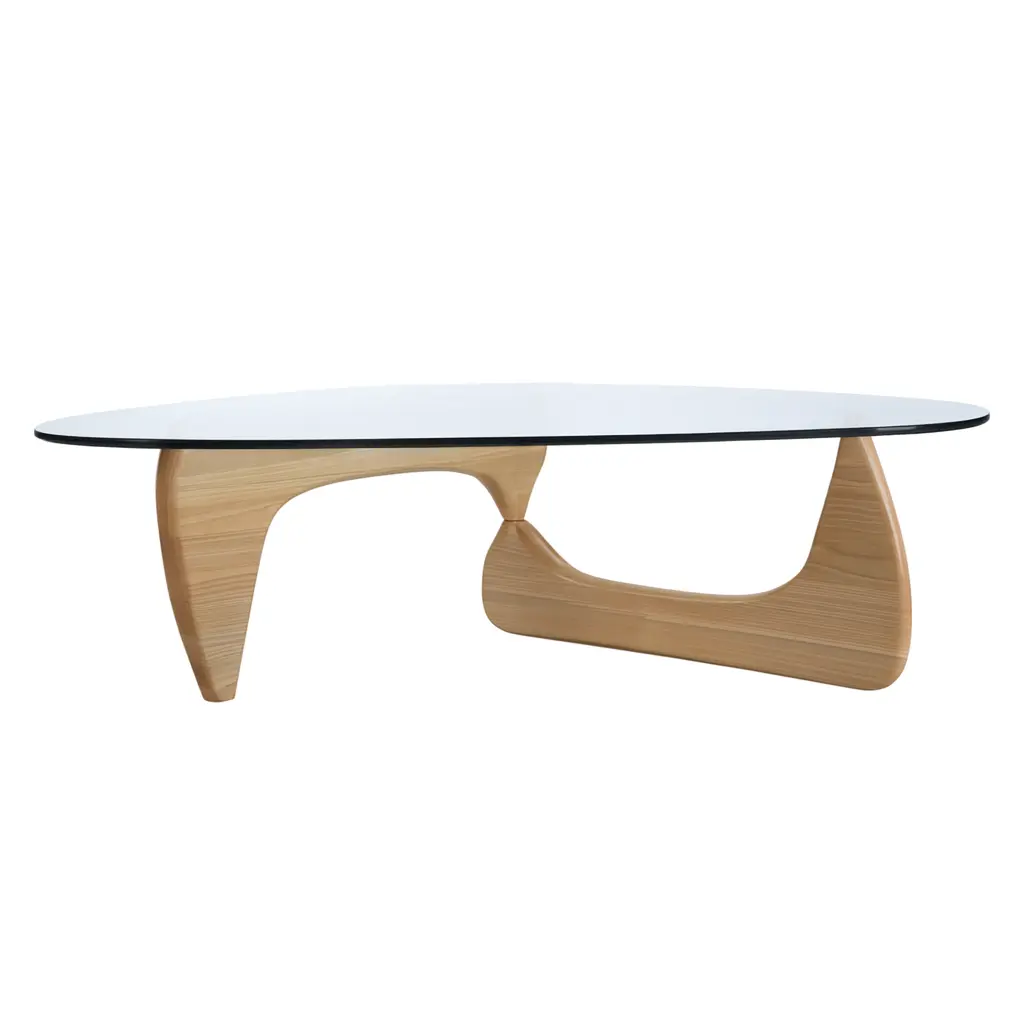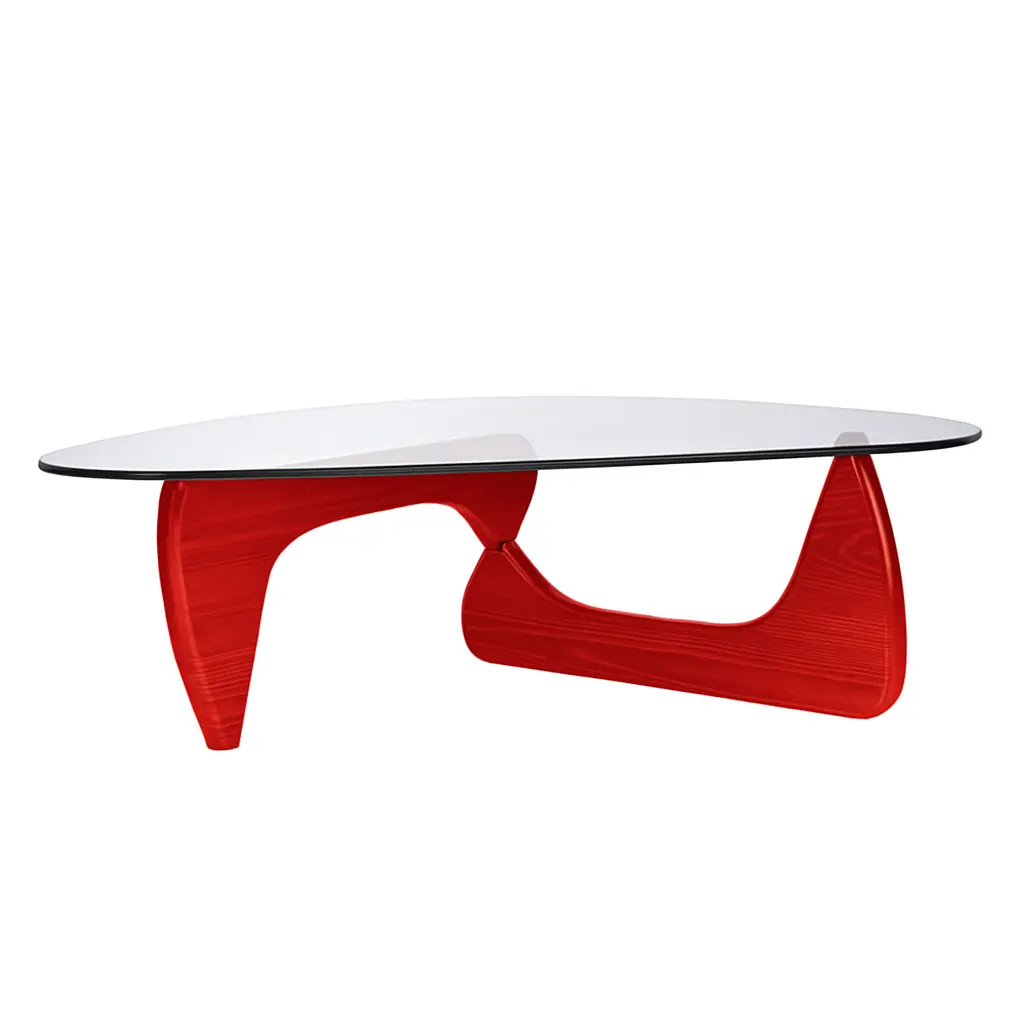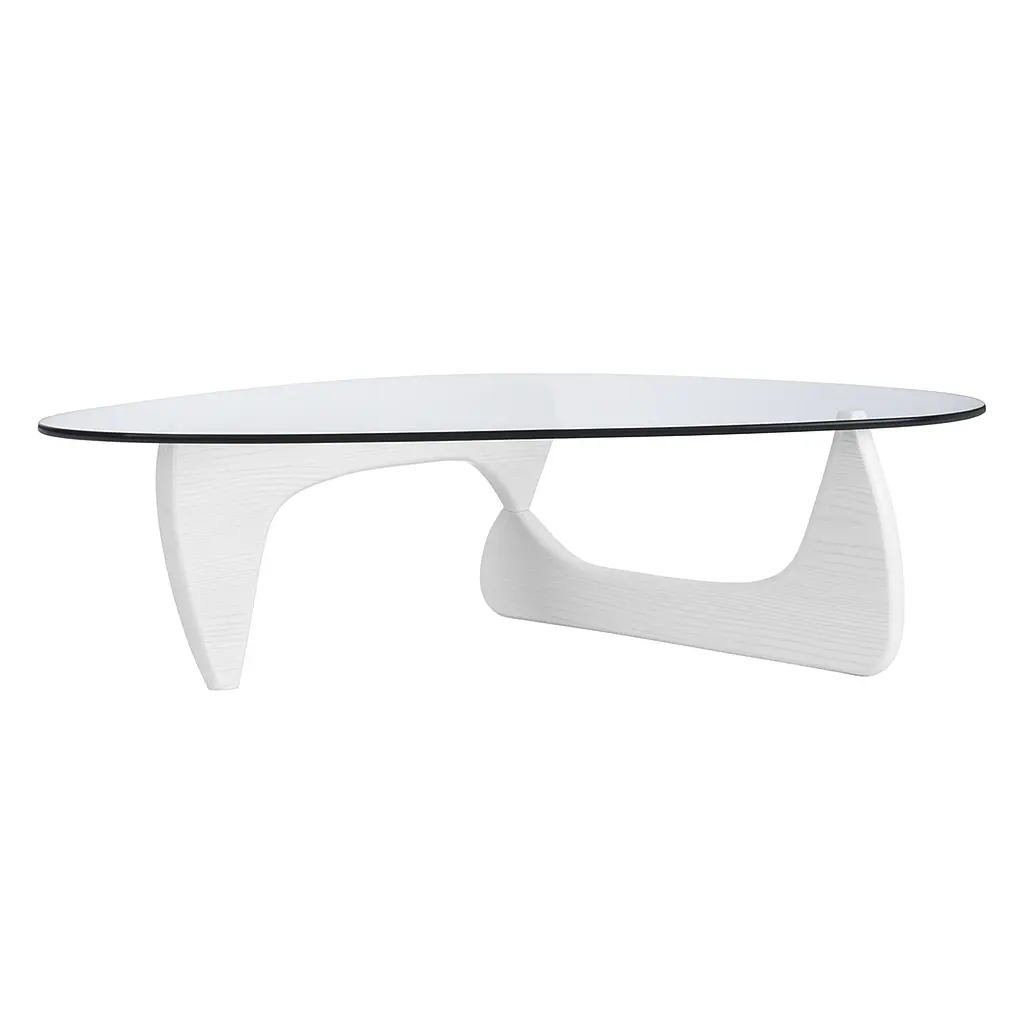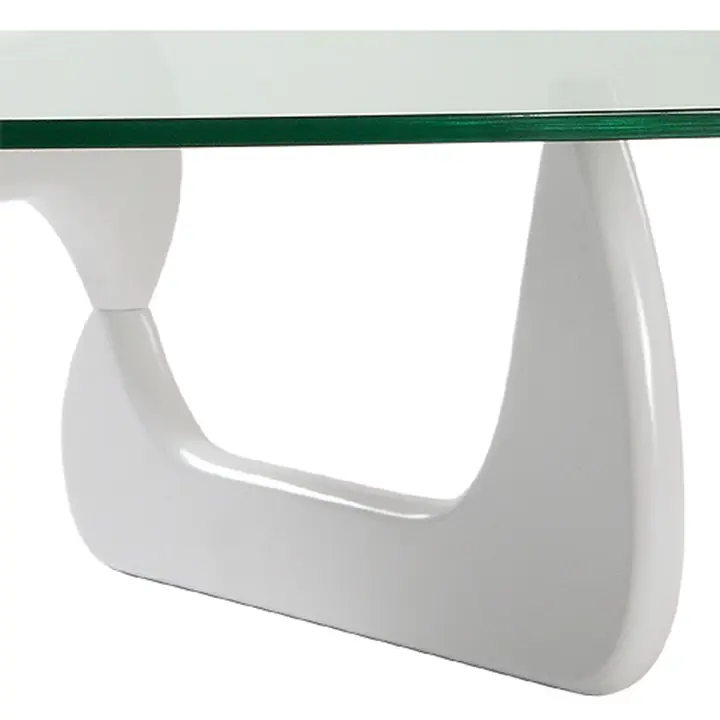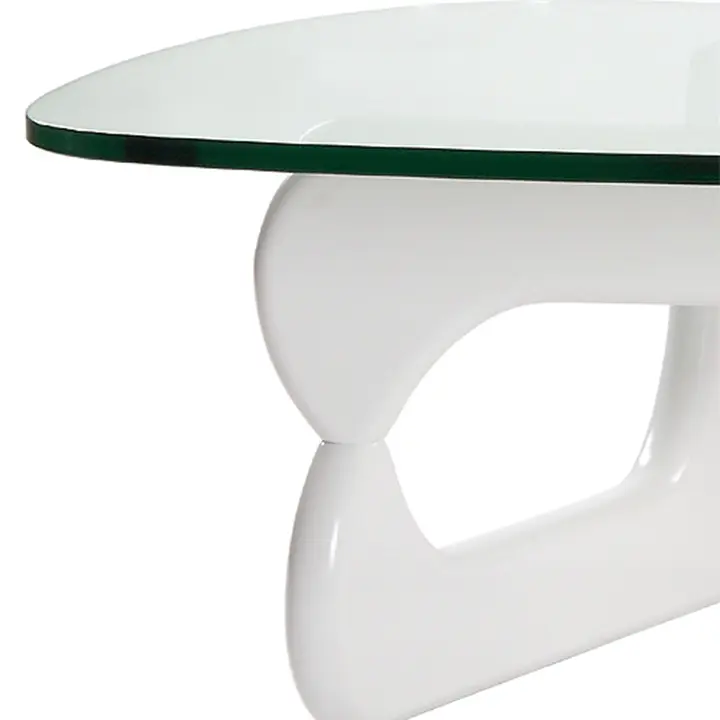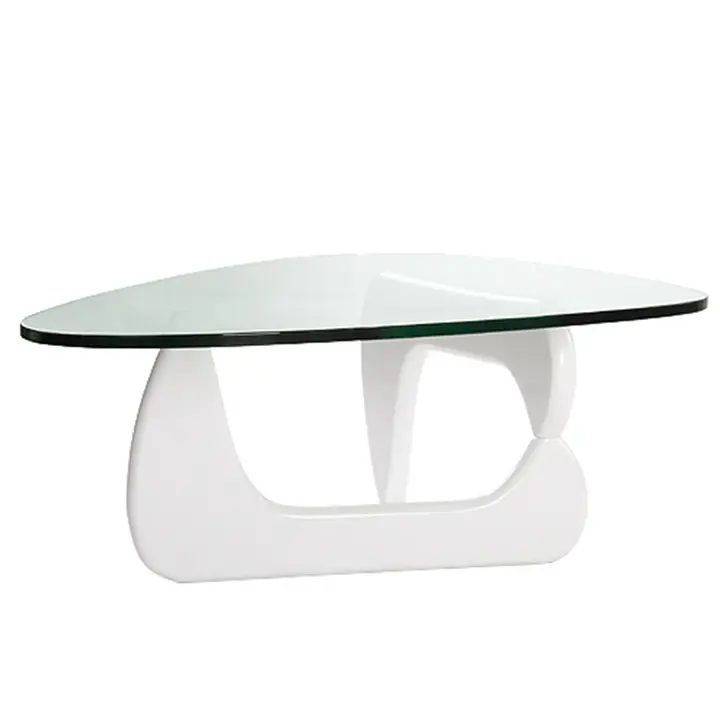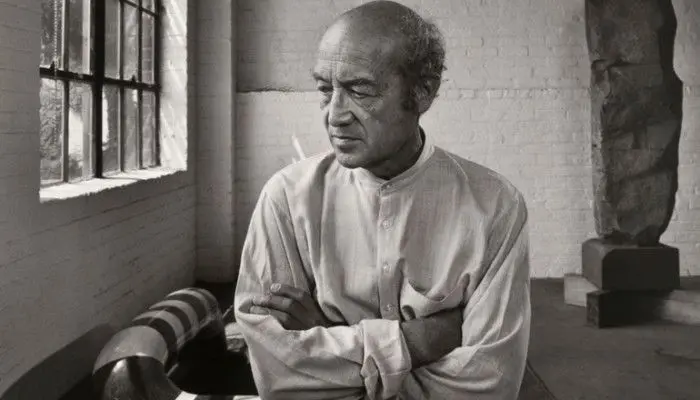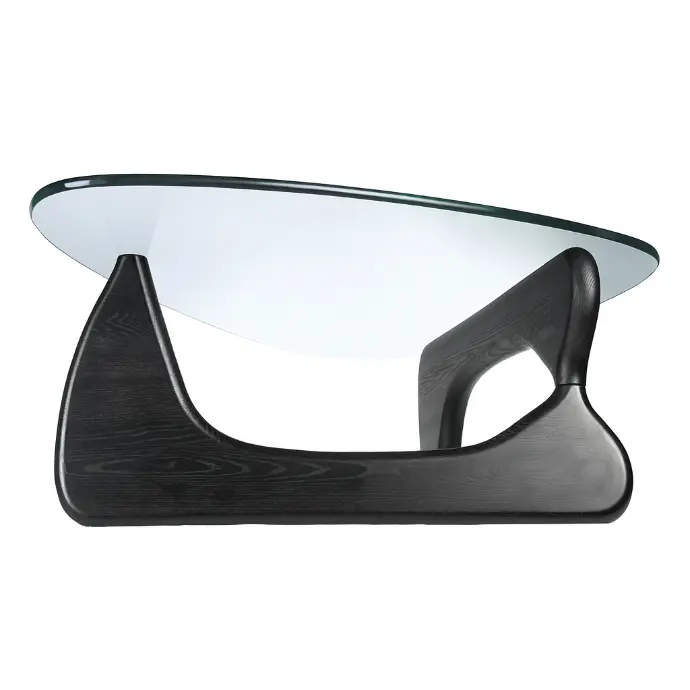
Product Details
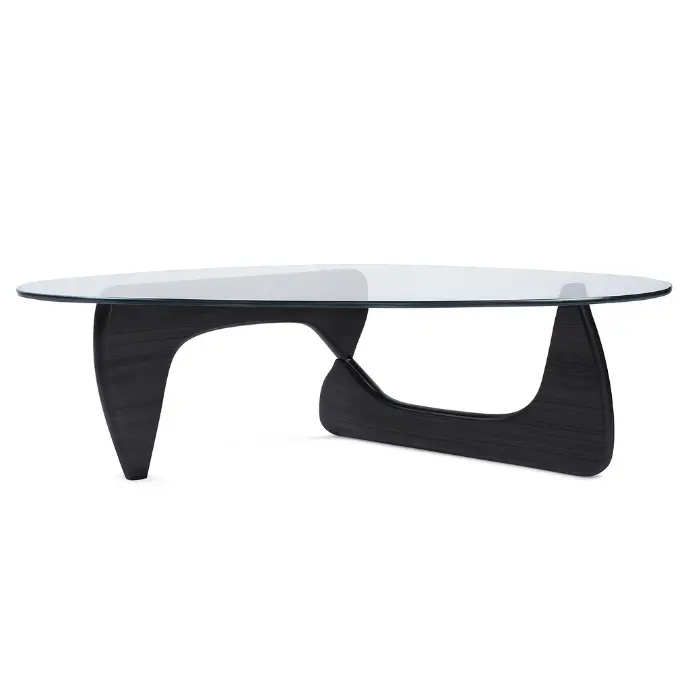
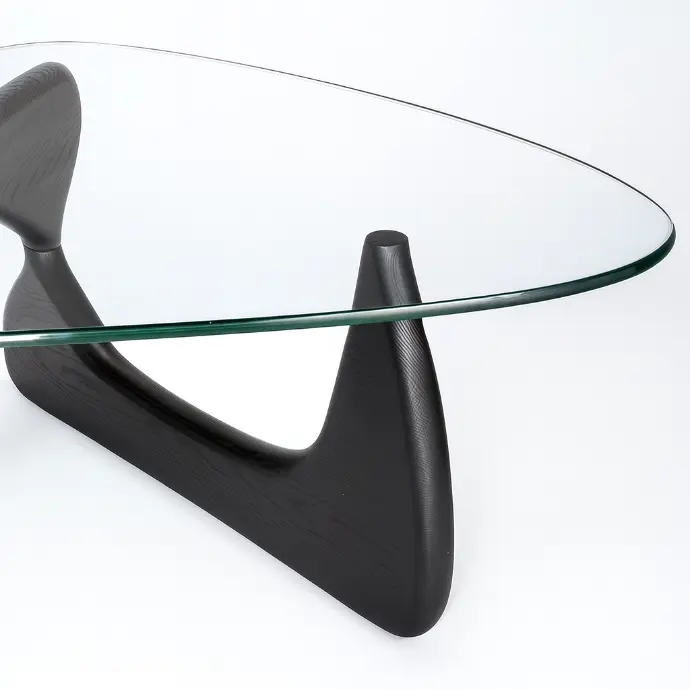
Materials & Finish
The Noguchi Table combines a sculptural solid wood base with a heavy glass top. The base is typically crafted from walnut, oak, or black ash, finished with a clear lacquer that highlights the natural wood grain. The tabletop is a thick piece of clear plate glass with polished, beveled edges, emphasizing transparency and elegance. The harmony of glass and wood embodies Isamu Noguchi’s sculptural approach to functional design.
The transparent glass surface creates a floating effect that integrates easily into modern interiors. Its generous surface area provides functional space while maintaining visual lightness. The stable tripod-like base offers structural balance without complexity. Easy-to-clean surfaces and the durable combination of wood and glass ensure suitability for daily use, while the table’s sculptural presence makes it a centerpiece in residential or office environments.
Comfort & Functionality
The base consists of two identical wooden elements, precision-cut and interlocked at right angles without visible fasteners. This structure provides stability while maintaining a lightweight appearance. The 19 mm thick glass top rests freely on the wooden base, held in place by gravity and balance. Careful craftsmanship in both wood joinery and glass finishing ensures durability and long-term performance.
Construction
Size and Packaging of the Product
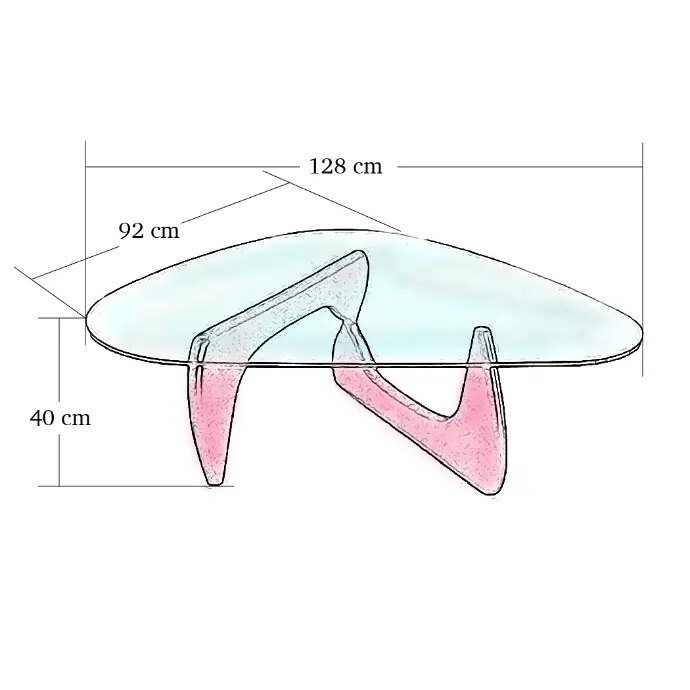
Product Dimensions
Glass Top needs to add to base only
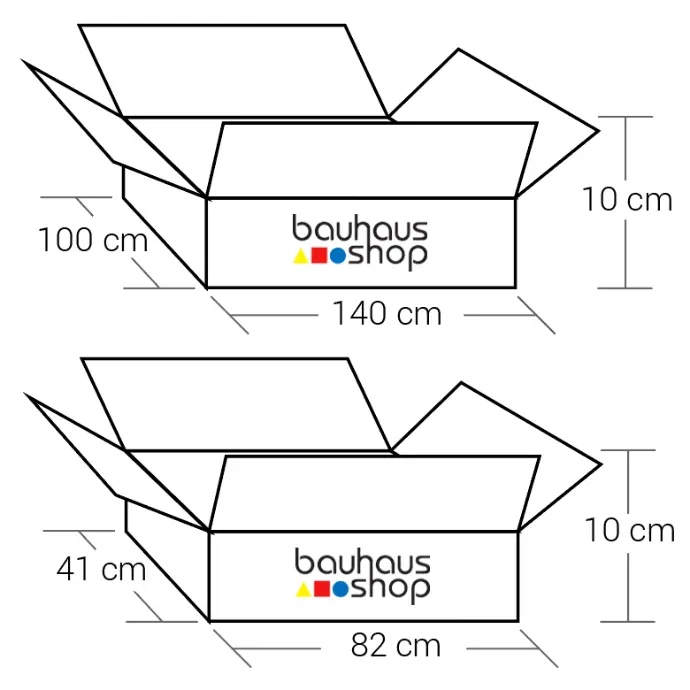
Box Dimensions
packed in 2 Box
Isamu Noguchi
Isamu Noguchi (1904–1988) was a Japanese-American artist, sculptor, and designer whose work bridged Eastern and Western aesthetics. Trained in both fine arts and modernist design, he explored organic forms, natural materials, and harmonious spaces. Noguchi is widely known for his iconic Noguchi Table (1947) for Herman Miller, as well as his Akari light sculptures, which reimagined traditional Japanese washi paper lanterns. His career spanned sculpture, furniture, stage design, and large-scale public works, reflecting a vision of art integrated into everyday life. Noguchi’s cross-cultural perspective and dedication to human-centered design established him as one of the most influential designers of the 20th century.
